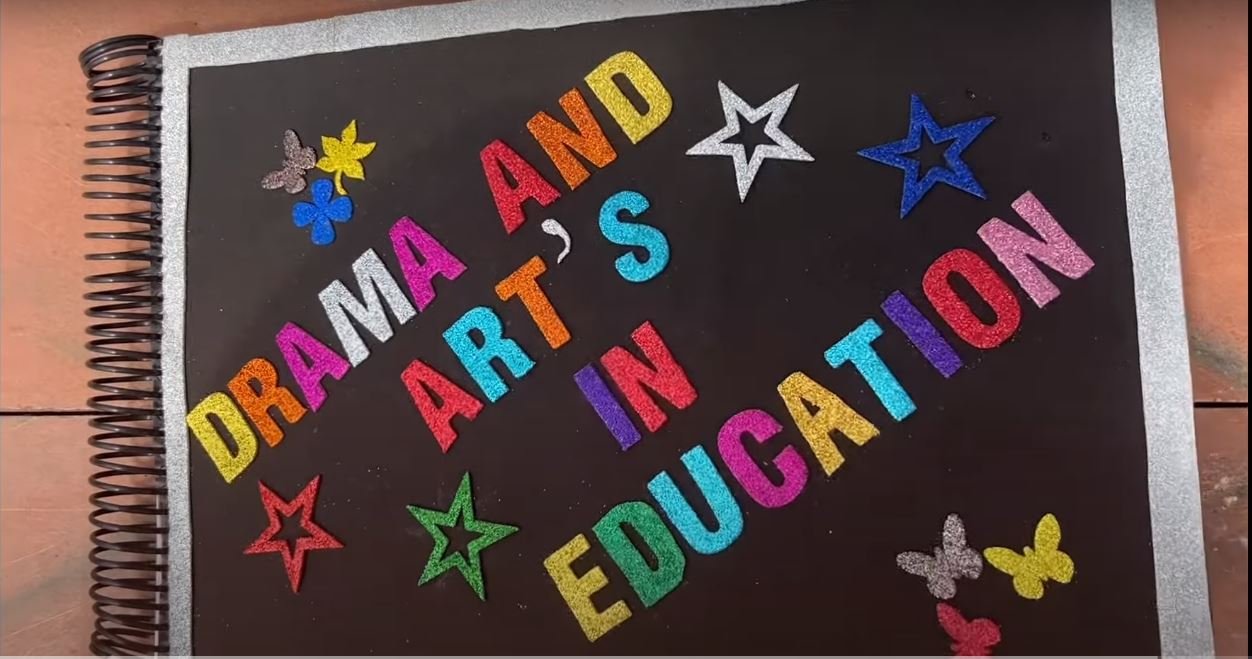Trending Post
Drama and Art in Education Revolutionizing Learning

Introduction
Education has come a long way from traditional teaching methods to more dynamic approaches that prioritize holistic development. One such transformative element is the incorporation of drama and art in education, a paradigm shift that has been gaining traction in recent years.
Contents
Defining Drama and Art in Education
Before delving into its significance, let’s clarify what we mean by drama and art in an educational setting. Drama involves role-playing, storytelling, and performance, while art encompasses visual, performing, and creative expressions such as painting, music, and dance.
Importance of Drama in Education
Enhancing Creativity
Drama in education sparks creativity by encouraging students to think outside the box. Through improvisation and role-playing, students engage in imaginative activities that foster a creative mindset crucial for problem-solving in various aspects of life.
Incorporating Art into the Learning Process
Fostering Critical Thinking
Art, whether through visual or performing mediums, promotes critical thinking. Analyzing and creating art pieces requires students to explore diverse perspectives and interpret information, enhancing their cognitive abilities.
Drama and Emotional Intelligence
Building Empathy Through the Arts
Drama, with its emphasis on understanding different characters and situations, plays a significant role in developing emotional intelligence. Students learn to empathize with others’ experiences, contributing to a more compassionate and understanding society.
The Role of Teachers in Integrating Drama and Art
Effective Teaching Strategies
Teachers play a pivotal role in integrating drama and art into the curriculum. Implementing interactive methods, such as group activities and project-based learning, fosters an environment where students actively participate in their education.
Challenges and Solutions
Overcoming Obstacles in Implementation
Despite the benefits, educators face challenges in integrating drama and art into traditional educational structures. Limited resources, standardized testing pressures, and resistance to change are common hurdles. However, creative solutions, collaboration, and advocacy can address these obstacles.
Success Stories
Inspiring Instances of Drama and Art in Education
Numerous success stories highlight the positive impact of drama and art in education. From improved academic performance to increased student engagement, these stories underscore the transformative power of creative learning.
Impact on Academic Performance
Linking Creative Expression to Learning Outcomes
Research suggests a positive correlation between creative expression through drama and art and academic performance. Students who actively participate in creative activities tend to show improved problem-solving skills, better communication, and enhanced overall academic achievement.
Case Studies
Real-life Examples of Successful Integration
Examining case studies provides insights into how various educational institutions successfully integrated drama and art. These examples showcase innovative approaches and the positive outcomes observed in students.
Community Engagement
Involving Parents and the Wider Community
Creating a supportive network involves not only educators and students but also parents and the wider community. Involving parents in school performances, art exhibitions, and drama productions fosters a sense of community and encourages continuous support for creative education.
Addressing Diversity in Education
Inclusive Approaches to Drama and Art
Recognizing and celebrating diversity is crucial in education. Drama and art provide opportunities to showcase diverse perspectives, fostering inclusivity and cultural awareness among students.
Measuring Success
Evaluating the Impact on Students
Measuring the success of drama and art in education involves assessing both academic and non-academic outcomes. Surveys, feedback, and qualitative assessments can provide valuable insights into the impact of creative learning on students’ personal and academic growth.
Future Trends
The Evolution of Drama and Art in Education
As education continues to evolve, the integration of drama and art is likely to become more prevalent. Future trends may include virtual reality experiences, interdisciplinary approaches, and advanced technologies that enhance creative learning opportunities.
Also read, E-Aadhar-Card UIDAI Download, Correction, Link mobile
Also read, ORS Patient Portal Treatment with the Online Appointment
Conclusion
In conclusion, drama and art in education go beyond conventional teaching methods, providing students with invaluable tools for personal and academic growth. By fostering creativity, critical thinking, and emotional intelligence, educators can shape a generation capable of navigating the complexities of the modern world.
FAQs
How can drama and art benefit students academically?
Ans: Creative expression through drama and art has been linked to improved problem-solving skills, better communication, and enhanced overall academic achievement.
What role do teachers play in integrating drama and art into education?
Ans: Teachers play a pivotal role by implementing interactive methods, such as group activities and project-based learning, to create an environment where students actively participate in their education.
How can communities support creative education?
Ans: Communities can support creative education by actively participating in school performances, art exhibitions, and drama productions, fostering a sense of community and continuous support for creative learning.
Are there challenges in implementing drama and art in education?
Ans: Yes, challenges such as limited resources, standardized testing pressures, and resistance to change are common. However, creative solutions, collaboration, and advocacy can address these obstacles.
What does the future hold for drama and art in education?
Ans: The future may see an increased prevalence of trends such as virtual reality experiences, interdisciplinary approaches, and advanced technologies enhancing creative learning opportunities.

